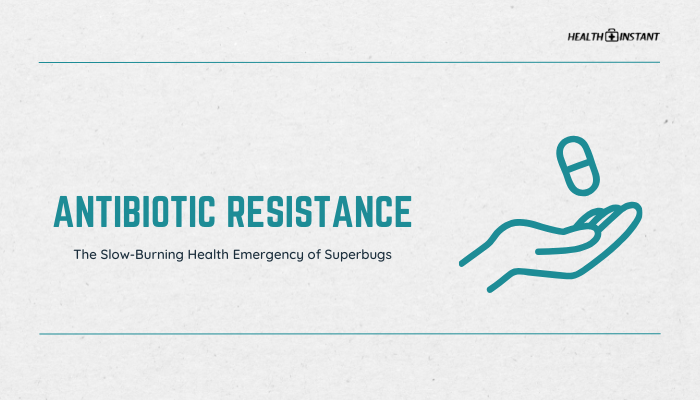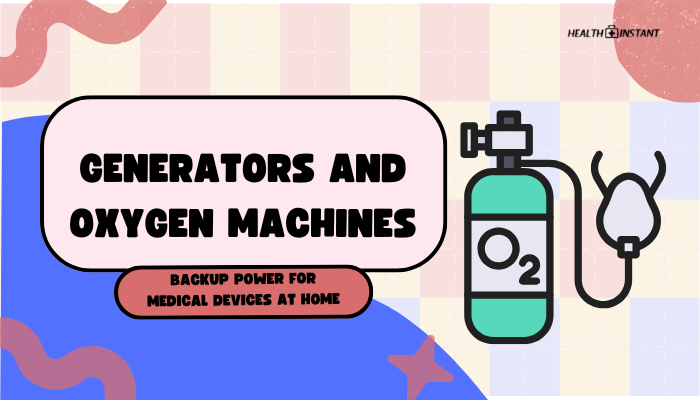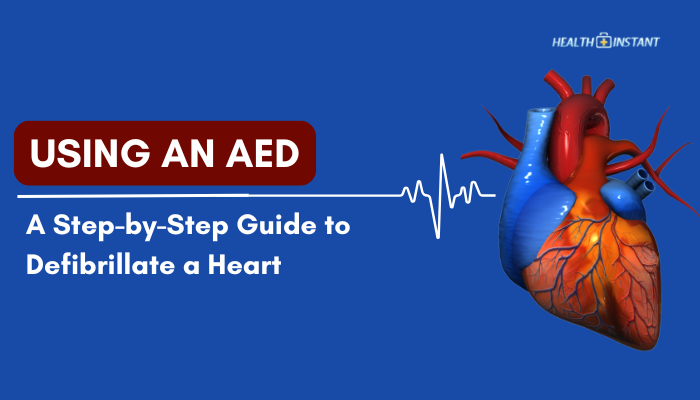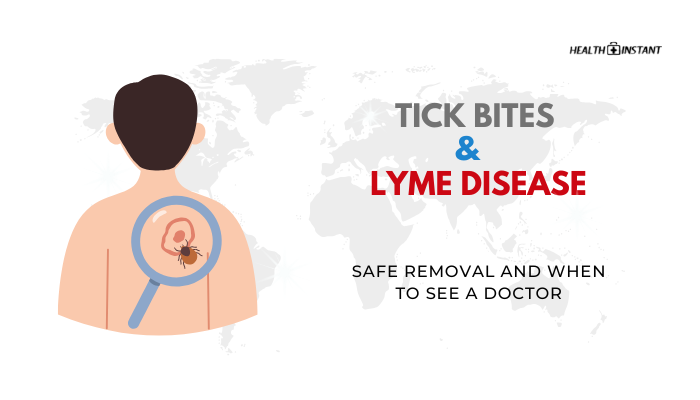Introduction
Antibiotics revolutionized medicine in the 20th century, transforming once-deadly infections into treatable conditions and paving the way for complex surgeries and chemotherapy. Yet, the remarkable success of these drugs has led to a slow-brewing crisis: antibiotic resistance.
While not as visibly catastrophic as a fast-moving pandemic, antibiotic resistance creeps through hospitals, communities, and farms, turning once-manageable infections into life-threatening encounters.
Global institutions recognize antibiotic resistance as one of the gravest health emergencies of our time. Experts warn of entering a “post-antibiotic era” where routine surgical procedures or minor injuries could again become perilous without effective drugs.
This article illuminates what antibiotic resistance is, how it arises, and the actions necessary to preserve these critical medications for future generations.
What Is Antibiotic Resistance?
Antibiotic resistance occurs when bacteria (and, in some cases, other microbes) evolve to withstand drugs designed to kill or inhibit them. Over time, antibiotics that used to cure infections become ineffective, allowing resistant bacteria—often called “superbugs”—to multiply. These superbugs can cause prolonged illnesses, expensive hospital stays, and increased mortality rates.
Key points include:
- Resistance vs. Tolerance: Resistance means the bacteria can grow or thrive despite the presence of an antibiotic, whereas “tolerance” or “reduced susceptibility” implies partial effectiveness.
- Mechanisms: Bacteria may pump out the drug, degrade it, modify it, or alter the drug’s target site.
- Clinical Relevance: If bacteria resist multiple antibiotic classes, infections become extremely difficult, sometimes impossible, to treat.
Resistance emerges naturally but is accelerated by misuse or overuse of antibiotics in healthcare, animal husbandry, and even horticulture. The more often antibiotics are used, the higher the chance of resistant strains evolving and spreading.
A Brief History of Antibiotics
Alexander Fleming’s discovery of penicillin in 1928 marked the dawn of the antibiotic age. Mass production during World War II saved countless soldiers’ lives from infected wounds. Subsequent discoveries, like streptomycin and tetracycline, transformed modern healthcare, enabling everything from routine outpatient treatments to advanced surgical procedures reliant on prophylactic antibiotics.
By the 1960s and 1970s, multiple antibiotic classes—beta-lactams (e.g., penicillins, cephalosporins), aminoglycosides, macrolides, and fluoroquinolones—were developed. These breakthroughs led many experts to believe infectious diseases were on the verge of being conquered. However, within a few decades, the first signs of emerging resistance surfaced (e.g., methicillin-resistant Staphylococcus aureus—MRSA), sounding alarms that bacteria were evolving faster than new drugs were being made.
Today, antibiotic pipelines produce fewer new agents. Many pharmaceutical companies scaled back antibiotic research due to economic challenges: novel antibiotics become last-resort therapies, thus limiting sales in favor of stewardship principles. Despite these complexities, continuous efforts have yielded some new antibiotics, though these are not adequate alone to solve the resistance crisis.
How Resistance Develops in Bacteria
Bacterial populations adapt rapidly. Every time a bacterial population faces an antibiotic, a portion may possess or acquire mutations conferring partial or full resistance. Over time, these resistant variants dominate, rendering the antibiotic less effective.
Main mechanisms:
- Reduced Permeability or Drug Efflux
Bacteria alter their membrane or employ efflux pumps, actively expelling antibiotic molecules before they reach lethal concentrations inside the cell. - Enzymatic Degradation or Modification
Some bacteria produce enzymes like beta-lactamases that break down penicillins or cephalosporins. Others chemically modify the antibiotic (e.g., phosphorylation, acetylation) to neutralize it. - Target Alteration
Antibiotics typically target specific bacterial proteins or pathways. If bacteria mutate those targets (like ribosomes or cell wall proteins), the drug binds less effectively. - Horizontal Gene Transfer
Plasmids or mobile genetic elements carry resistance genes between bacteria, often crossing species boundaries. This accelerates the spread of resistance traits within microbial communities.
Frequent antibiotic exposure in humans, animals, or the environment selects for these resistant phenotypes. Even partial compliance with prescriptions, using antibiotics for viral illnesses, or discarding leftover antibiotics can inadvertently fuel the process.
Drivers of Antibiotic Resistance
Overuse in Human Medicine
Doctors sometimes prescribe antibiotics for viral infections (like colds or flu) under patient pressure or diagnostic uncertainty. Meanwhile, incomplete adherence to prescribed courses allows partially resistant bacteria to survive. Outpatient and hospital settings alike see antibiotic misuse, fueling selection for resistant strains.
Misuse in Agriculture
In many regions, antibiotics are given prophylactically to farm animals to promote growth or prevent disease in overcrowded conditions. This large-scale, continuous exposure fosters resistant bacteria that can spread via meat, manure, or runoff. Bacteria from animal sources may transfer their resistance genes to human-infecting pathogens, bridging agricultural and clinical realms.
Poor Infection Control and Sanitation
Inadequate hand hygiene in hospitals, limited access to clean water, or substandard infection control protocols in healthcare facilities can amplify resistant organism spread. For example, multi-drug-resistant organisms can pass from patient to patient via contaminated instruments or unwashed hands.
Global Connectivity and Travel
International travel or trade means a resistant strain that emerges in one locale can quickly appear worldwide. Medical tourism, cross-border migrant flows, or produce shipments can also carry resistant bacteria. Without robust surveillance, such strains establish themselves in new regions before detection.
Consequences of Superbugs
The rise of antibiotic-resistant organisms presents multifaceted challenges:
Impact on Healthcare
When first- or second-line antibiotics fail, doctors resort to more toxic, expensive, or less accessible agents. For infections like multi-drug-resistant tuberculosis (MDR-TB) or carbapenem-resistant Enterobacteriaceae (CRE), treatment courses may be lengthy, complicated, and uncertain. Hospital stays increase, ICU admissions become more frequent, and mortality rates climb.
Economic Burden
Prolonged illnesses and hospitalizations raise healthcare costs significantly. Extra diagnostic tests, protective measures, and isolation rooms multiply expenses. At a macro scale, antibiotic resistance threatens agricultural industries reliant on antimicrobials for livestock, potentially impacting global food systems.
Return to a Pre-Antibiotic Era?
In extreme scenarios, common procedures—like joint replacements, organ transplants, or cancer chemotherapy—could become riskier without reliable prophylactic antibiotics. Minor injuries or routine infections might again pose serious threats if unstoppable resistant strains proliferate.
Notable Antibiotic-Resistant Pathogens
Some bacterial species exemplify the crisis:
- Methicillin-Resistant Staphylococcus aureus (MRSA)
Found in hospitals and communities. Causes skin, wound, or bloodstream infections. - Vancomycin-Resistant Enterococci (VRE)
Affects immunocompromised individuals, complicating treatments for UTIs or sepsis. - Carbapenem-Resistant Enterobacteriaceae (CRE)
The so-called “nightmare bacteria,” resisting nearly all available antibiotics. - Drug-Resistant Tuberculosis
MDR-TB and XDR-TB strains require second- or third-line therapies with more side effects. - Extended-Spectrum Beta-Lactamases (ESBL)-Producing Organisms
ESBLs in E. coli or Klebsiella sp. degrade penicillins and cephalosporins, limiting treatment options.
Each superbug highlights how quickly bacteria evolve under selective pressure, reinforcing the demand for robust prevention and novel therapeutics.
Strategies to Fight Antibiotic Resistance
Stewardship in Healthcare
Hospitals and clinics must optimize antibiotic prescriptions:
- Antibiograms guide clinicians on local resistance patterns, ensuring appropriate empiric therapy.
- De-escalation and short-course regimens minimize prolonged exposure.
- Prescribing Protocols: Infectious disease specialists or pharmacists review antibiotic orders to confirm necessity, dosage, and duration.
Responsible Use in Agriculture
Reducing antibiotic use as a growth promoter or prophylaxis in livestock is crucial:
- Regulatory Bans or strict limitations on non-therapeutic antibiotic usage.
- Alternatives: Improved farm hygiene, vaccinations for animals, and better feed practices.
- One Health Approach: Collaboration among veterinarians, farmers, and environmental scientists fosters integrated solutions.
Research and Development
Industries need incentives to develop new antibiotics and alternative therapies. Proposed measures include:
- Push Incentives: Grants or tax credits for early-stage antibiotic R&D.
- Pull Incentives: Guaranteed purchases or market entry rewards for successful novel drugs.
- Non-Traditional Therapies: Phage therapy, immunotherapies, or anti-virulence agents that disarm bacteria instead of killing them.
Global Surveillance and Collaboration
International data-sharing on resistance trends, gene mapping, and outbreak alerts helps coordinate interventions. Partnerships like the Global Antimicrobial Resistance Surveillance System (GLASS) from WHO standardize collection methods.
Infection Prevention and Control
- Hand Hygiene: Strict hospital hygiene protocols reduce cross-transmission of resistant strains.
- Environmental Cleaning: Proper disinfection of surfaces, equipment, and patient rooms.
- Isolation Measures: Cohorting or isolating infected patients prevents spread in wards.
- Vaccinations: Indirectly curb antibiotic use by preventing bacterial infections (e.g., pneumococcal vaccine reduces pneumonia rates and antibiotic demand).
Role of Vaccines and Alternative Therapies
Vaccines offer prophylactic routes, lowering infection incidence and, consequently, the need for antibiotics. For instance, widespread pneumococcal vaccination cut antibiotic usage for respiratory infections. Similarly, a universal influenza vaccine or improved shot coverage curtails flu complications and resulting antibiotic prescriptions for secondary bacterial pneumonia.
Other alternative strategies:
- Phage Therapy: Uses bacteriophages (viruses that infect bacteria) to treat infections. Shows promise in compassionate-use cases but requires more research to standardize.
- Probiotics and Microbiome: Maintaining healthy gut flora can deter colonization by resistant bacteria.
- Immunotherapies: Exploiting host immune pathways or monoclonal antibodies to neutralize bacterial toxins.
While these approaches are not universal solutions yet, combined efforts may reduce reliance on classical antibiotics.
Policy and Public Awareness
Policy-driven solutions play a crucial role:
- National Action Plans: Many countries are implementing frameworks limiting antibiotic overuse and funding R&D.
- Regulations: Laws banning prophylactic antibiotic use in feed, stricter guidelines for prescription-only sales, and legal enforcements around hospital antibiotic stewardship.
- Public Education Campaigns: Explaining why antibiotics must not be used for colds or other viral infections. Encouraging completion of prescribed courses and discouraging leftover usage.
Health advocates, civil societies, and professional associations can unify messaging. Broad awareness fosters responsible consumer behavior and pushes policymakers to address the crisis.
Tips for Individuals
Every person can contribute to slowing antibiotic resistance:
- Use Antibiotics Only When Prescribed
Never self-medicate or demand antibiotics for viral illnesses (colds, flu). - Follow the Prescribed Course
Even if feeling better, finish the entire regimen. Stopping early can leave partially resistant microbes in your system. - Avoid Sharing or Saving Antibiotics
Each infection requires a professional diagnosis. Leftover antibiotics may be inappropriate for new ailments. - Practice Good Hygiene
Wash hands frequently, prepare food safely, and stay updated on recommended vaccines to prevent infections in the first place. - Advocate for Stewardship
Inquire about the necessity of prescribed antibiotics. Support local hospital stewardship programs or community campaigns.
Conclusion
Antibiotic resistance is the silent but escalating emergency of our era, threatening to undermine decades of medical progress. From routine hospital procedures to advanced cancer treatments, the reliability of antibiotics underpins modern healthcare. As bacteria evolve and become resistant to available drugs, humankind faces a creeping crisis that demands urgent, coordinated action.
Yet, hope remains if stakeholders unite:
- Healthcare providers can prioritize stewardship and infection prevention.
- Farmers can reduce antibiotic overuse in livestock.
- Governments can fund research, strengthen surveillance, and enact effective policies.
- Individuals can raise awareness, follow prescriptions correctly, and adopt preventive health measures.
Addressing antibiotic resistance requires unwavering commitment—health leaders must champion a global “One Health” approach bridging human, animal, and environmental health. By respecting the miraculous power of antibiotics and preserving them through responsible use, we can ensure they remain potent lifesavers for generations to come.
References
- World Health Organization. (2021). Antimicrobial resistance fact sheets.
- Centers for Disease Control and Prevention. (2020). Antibiotic / antimicrobial resistance.
- O’Neill J. (2016). Tackling drug-resistant infections globally: Final report and recommendations.
- Laxminarayan R, Sridhar D, Blaser M. (2020). Achieving global targets for antimicrobial resistance. Science.
- Holmes AH, Moore LS, Sundsfjord A, et al. (2016). Understanding the mechanisms and drivers of antimicrobial resistance. Lancet.
- Van Boeckel TP, et al. (2015). Global trends in antimicrobial use in food animals. Proc Natl Acad Sci.
- WHO. (2019). Global action plan on antimicrobial resistance.
- CDC. (2019). Antibiotic use in the United States: Progress and opportunities.
- Dyar OJ, Huttner B, Schouten J, Pulcini C. (2017). What is antimicrobial stewardship? Clin Microbiol Infect.
- PHE. (2015). Behaviour change strategies for antibiotic prescribing.
- World Bank. (2017). Drug-resistant infections: a threat to our economic future.
- Queenan K, et al. (2018). A One Health approach to antimicrobial resistance surveillance. Vet Rec.
Disclaimer: This article is for general informational purposes and should not replace professional medical advice. Always consult qualified healthcare professionals for guidance on antibiotic usage or if you suspect an infection requiring treatment.







